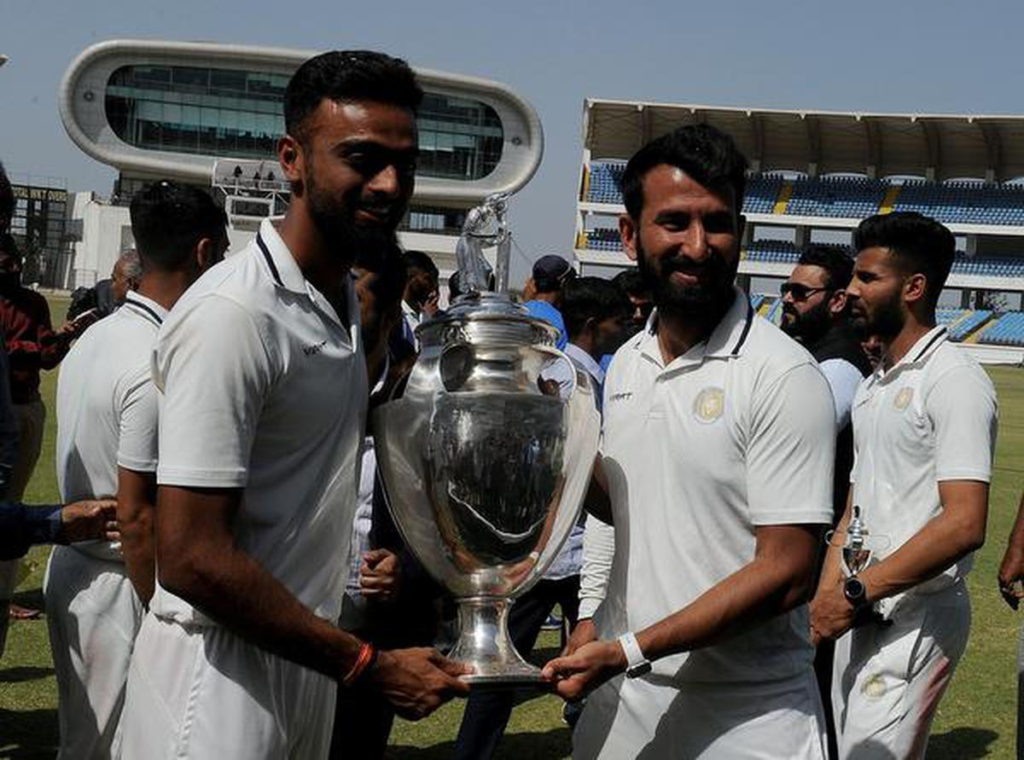
The recent BCCI selection snub of Shreyas Iyer and Ishan Kishan from the annual central BCCI contract list, while retaining Hardik Pandya in Grade A, has sparked debate and divided opinions within the Indian cricket fraternity. While the BCCI has its reasons, the decision raises questions about fairness, selection criteria, and the importance of domestic first-class cricket, particularly the Ranji Trophy.
Understanding the BCCI Contract List Controversy
The BCCI’s Stance: Prioritizing Domestic Participation

The BCCI, through its secretary Jay Shah, has emphasized the importance of prioritizing domestic cricket, specifically the Ranji Trophy, for players seeking central contracts. Both Iyer and Kishan opted out of the Ranji Trophy during the selection period, choosing to participate in white-ball tournaments and training stints outside the BCCI framework.
This move, according to the BCCI, goes against their vision of building a strong talent pool through consistent participation in the Ranji Trophy. The premier domestic tournament serves as a vital platform for young players to showcase their skills, build temperament, and gain experience against quality opposition in a challenging red-ball format.
The Argument for Fairness: Consistency and Setting Precedents

While the BCCI’s focus on domestic cricket is commendable, concerns arise regarding consistency in application and potential bias. Hardik Pandya, included in Grade A despite limited red-ball participation in recent times, raises questions about the selection criteria’s objectivity.
Pandya’s fitness concerns and focus on white-ball cricket are acknowledged. However, the lack of a similar “punishment” for his absence from the Ranji Trophy compared to Iyer and Kishan, who were in contention primarily for limited-overs formats, creates a sense of inconsistency and potential favoritism.
Furthermore, setting a strong precedent for prioritizing the Ranji Trophy holds merit. Youngsters aspiring to break into the national team need to understand the importance of performing in the domestic circuit, regardless of their format preferences.
The Importance of Ranji Trophy: Building a Well-Rounded Cricketer

The Ranji Trophy plays a crucial role in shaping well-rounded cricketers. It provides a platform to:
- Develop temperament and technique: Facing quality bowling attacks over five days hones a batsman’s ability to concentrate, build innings, and adapt to changing conditions.
- Test physical stamina and mental resilience: The demanding nature of the format tests a player’s physical and mental endurance, crucial qualities for international success.
- Prepare for diverse conditions: Playing in different parts of the country exposes players to various pitches, climates, and playing styles, equipping them to thrive in different settings.
While white-ball cricket requires specific skill sets, a strong foundation in red-ball cricket remains essential for any aspiring international cricketer. The Ranji Trophy provides an unmatched platform for this development. Here’s more on why you should watch it!
Finding Balance: Recognizing Different Paths to Success
It’s crucial to acknowledge that every player may not follow the same path to international success. While the Ranji Trophy remains an important benchmark, excluding talented players solely based on their absence from this specific tournament might not be the most holistic approach.
Perhaps a more nuanced system could be devised, considering factors like a player’s overall performance across formats, consistent domestic contributions (including white-ball tournaments), fitness levels, and commitment to the national team’s broader goals.
Conclusion
The BCCI’s decision has sparked a necessary conversation regarding selection criteria, the importance of Ranji Trophy participation, and the need for a nuanced approach when evaluating players. While consistency and prioritizing domestic cricket are crucial, fairness and recognizing diverse paths to success should also be considered.
Ultimately, the debate is not about solely supporting one player over another, but about ensuring a robust system that identifies and cultivates talent while upholding the significance of the Ranji Trophy within the Indian cricket ecosystem.

[…] Official Interference: Raises concerns about favouritism and a lack of fair opportunity for all players. […]
[…] run, Rahane specifically commended the Board of Control for Cricket in India (BCCI) for prioritizing domestic tournaments. “I want to mention [about] BCCI for giving importance to domestic cricket, which is a [very] […]
[…] stars Sarfaraz Khan and Dhruv Jurel received well-deserved recognition as they were inducted into Group C of the BCCI’s central contract system. This move comes after both players fulfilled the […]